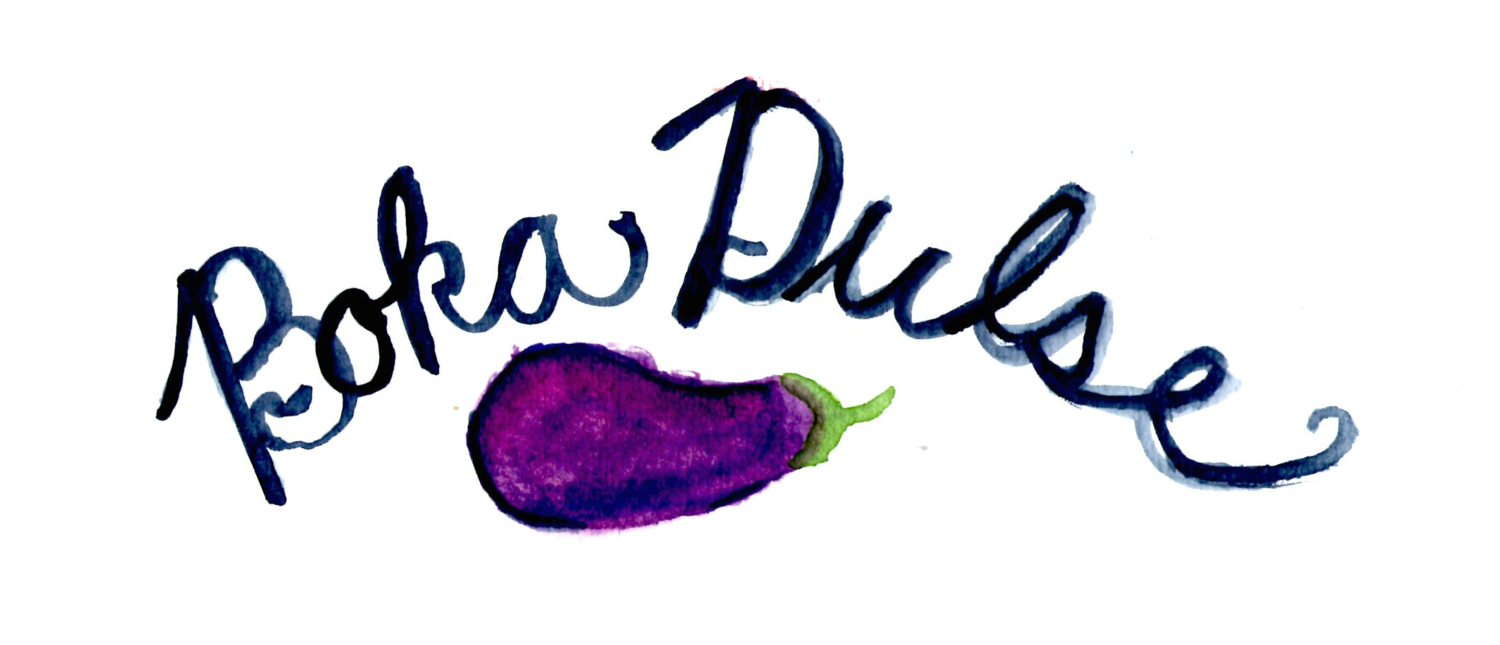On this blog, I’ve spent a lot of time writing about the Jews of Portugal’s past. From the remaining pieces of material culture attesting to their existence, to their rendering by non-Jewish artists, to conjectures about what they ate, I have spent a great deal of time on the past of Portugal’s Jews so far in this series of posts. Of course, you may say (and you may!) this is natural: Sara, you study the medieval Jewish community in Iberia. And I will say, yes! You are quite right, dear all-knowing reader. But this past Friday I was lucky to experience a little piece of the present Jewish community in Portugal by attending Friday night services at Shaare Tikvah, Lisbon’s sole brick-and-mortar synagogue (while it is not Lisbon’s sole Jewish community, there is also Ohel Jacob, the progressive community). I thought in tonight’s post I’d offer a brief recap of my experience there, to be followed by a later blogpost of some of what I’ve been thinking about this very important and complicated relationship between Portugal’s Jewish present and its past.
Services on Friday started at 7:30 pm. I ended up having to book it there in an Uber due to a previous meeting that afternoon going a bit later than expected. I quickly came home, changed into a more modest shirt as Shaare Tikvah is more orthodox, and hopped in the car, arriving at the synagogue a few minutes after the clock struck 7:30 pm. Worried at having the door closed in my face once again (flashback to Évora!), I tried to make peace with this potential outcome in the car – if I can get in, great, I thought to myself, and if not I will figure it out. With the momentary calmness this created, I hopped out of the Uber once it dropped me near the metro station of Rato, in the Prinçipe Real neighborhood of the city. The synagogue unassumingly resides a block away from the metro entrance, tucked neatly next to a Middle Eastern restaurant called Al Shami. It is so subtly there that it would be easy to miss, except for the gilded letters on the white door.
Luckily, I was not too late and I did not miss the entrance. There were also two men standing at the door – one clearly a security guard (a common fixture of European Jewish communities) and another who was similarly bulky but upon getting closer to him I realized he was the caterer, wearing a polo that had the words “Kosher catering” embroidered on the left breast. There were also two other couples waiting to get in, talking to the mustachioed security guard. As they spoke with him, the caterer asked me for my passport, inquiring whether I filled out the form online (which I had) and why I wanted to attend these services (I said for both ritual and research purposes). This is not the first time I have had this experience attempting to attend services in Europe; it is common practice to contact communities in advance and send your passport information, only to have it checked again at the door, for heightened security.
After my brief questioning and what I was told was an appreciated attempt to speak Portuguese, with an obrigada (thank you) I was let into the courtyard off the synagogue. The colors of white and gold appeared again on the inside wall, yet this time in a collection of epitaphs of beloved deceased community members. Across from this wall was the open door of the synagogue where people (some members, and some who I found out later were visitors) congregated. There, I was told to go upstairs to the women’s gallery in a friendly but firm way. I expected this as I knew ST was the more Orthodox community in town. Once upstairs, I picked up a prayer book from the table and found a seat in the rigid, high-backed wooden pews of the women’s gallery.
From my seat, I could see the bimah located in the center of the room (customary in Sephardic synogogues) and I faced the only decorated wall of the synagogue: the wall with the Ark. The wall is really an arch sitting on carved columns – the same design as the columns distributed throughout the main room and holding up the women’s gallery – a large stone arch emblazoned with the words “דע לפני מי אתה עומד (know before whom you stand)” in gold letters. Compared to the somewhat starkly plain congregation section and the straightforward bimah, this wall is particularly impressive. It formed quite the backdrop as a lay leader and then a rav-hazzan lead everyone through the prayers of kabbalat Shabbat. Though the prayers were in Hebrew, the rav-hazzan’s teaching about the Torah portion of the week was interestingly in English.
When services ended, I wished the women near me a Shabbat Shalom and found my way out. Although it was not my preferred or familiar style of services, I was glad to go and experience a living community here in Lisbon. Though I my ears pricked as I made my way out – to have an honestly non-kosher, but pork-free meal at Sumaya, a delightful Lebanese restaurant in the area – hearing English, decidedly American voices talking in the front hall. Definitely an unexpected twist of the language I thought would be spoken between congregants. It is this linguistic dissonance, and how it relates to some broader thoughts I have been forming about the relationship between past and present Portuguese Jewish communities, that I will cover in my next post. Until then – here’s to arriving late and still managing to get in anyway! And to a shabbat shalom.
